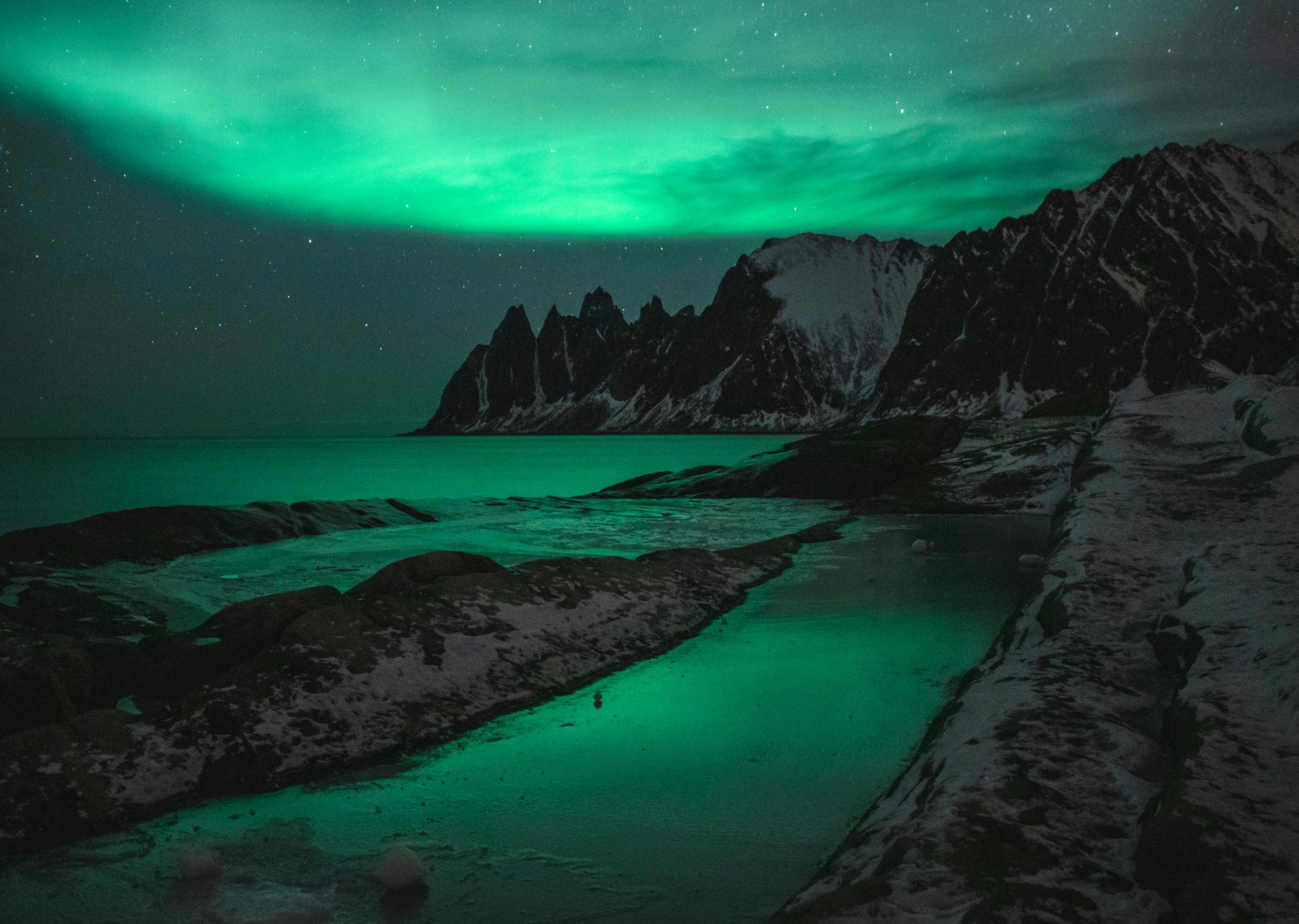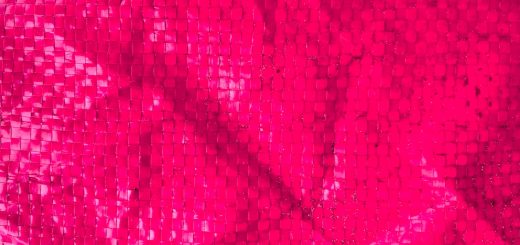What Colors Make Blue? Unlock the Secret Formula

Hey there, amazing readers! 🖐️ Just a quick note: yes, we know there are a lot of ads here. Trust us, we get it—it’s not the prettiest look, but they help us keep this blog alive and kicking. Those pesky little ads cover the costs of all the behind-the-scenes magic, from hosting and tech stuff to creating content we hope you’ll love.
We’re committed to delivering quality posts, and your support (even just sticking around despite the ads) means everything to us. So, bear with us, and thanks for helping us keep the good vibes rolling. Now, on to the fun stuff! 😉
TRANSLATE BUTTON AT THE END OF THE ARTICLE
Introduction: The Magic of Color Mixing Explained
If you’ve ever wondered about colors and how they come to life on a canvas, you’re in for a treat.
Today, we’re diving into the fascinating world of color mixing, specifically focusing on blue.
Many people think of blue as a primary color, but the reality is a bit more nuanced.
Color mixing is akin to baking a cake—sometimes, you need to blend the right ingredients to get that perfect flavor.
So, what colors make blue?
Let’s get our hands dirty and explore this vibrant topic together!
Understanding the Color Wheel: A Quick Overview
Before we delve into the specifics of blue, let’s familiarize ourselves with the color wheel.
Imagine a circle where colors are arranged in a spectrum.
This wheel is divided into primary, secondary, and tertiary colors.
Primary colors are red, yellow, and blue.
These cannot be made by mixing other colors.
Secondary colors are green, orange, and purple, formed by combining two primary colors.
Tertiary colors emerge from mixing a primary color with a secondary color.
The color wheel is an essential tool for artists and anyone interested in color theory.
It helps visualize how colors interact.
Knowing the basics of this wheel gives you a solid foundation for understanding how to create blue and its various shades.
Primary Colors: The Building Blocks of Blue
Let’s talk about our primary colors: red, yellow, and, of course, blue.
Blue is one of the three primary colors, which means it cannot be created by mixing others.
It stands alone like the main event at a concert.
However, the absence of blue doesn’t mean you can’t create variations of it.
For instance, if you’re working with paints or pigments, you can mix blue with other colors to achieve lighter or darker shades.
Light blue can be created by mixing blue with white.
Dark blue is a result of mixing blue with black or a deeper hue.
Understanding how primary colors function helps to manipulate them effectively.
This knowledge allows artists to explore the full spectrum of blue—from a soft sky blue to a deep navy.
Exploring Cyan: A Key Ingredient for Blue Shades
Now, let’s take a closer look at cyan.
This vivid color is often described as a greenish-blue.
In the context of color mixing, cyan is often seen as a bridge between blue and green.
It plays a critical role in creating various shades of blue.
In the RGB color model, which is used for digital screens, cyan is created by mixing green and blue light together.
So, if you’re working digitally, you can start with a good dose of cyan to achieve that vibrant blue you’re after.
In art and design, mixing cyan with other colors can yield striking results.
When combined with magenta, for example, you can create beautiful shades of blue.
It’s like a dance between colors that results in something spectacular!
Discovering Magenta: Its Role in Creating Blue
You might be surprised to see magenta in this conversation about blue.
But hear me out!
Magenta is another key player in creating different shades of blue.
When mixed with cyan, it can yield various hues, enhancing the complexity of color.
Magenta does not exist in the traditional RGB spectrum but shines in the CMYK color model used in printing.
By combining magenta and cyan, you can obtain a rich, vibrant blue.
Bright blue can come from equal parts of magenta and cyan.
Muted blue may result from adding more magenta to cyan.
This interplay of colors showcases how colors can influence each other.
Magenta often surprises me with its versatility, proving that even the unexpected can contribute to the creation of something beautiful.
The Science Behind Color Mixing: How It Works
So, what’s happening scientifically when we mix colors?
At its core, color mixing is all about light and perception.
When colors are mixed, they interact in ways that can either absorb or reflect light.
When you combine colors, light wavelengths mix, resulting in new colors that our eyes perceive differently.
In subtractive mixing (like painting), pigments absorb certain wavelengths and reflect others, which is how we see color.
Understanding this science can help you predict how colors will behave when mixed.
It’s like knowing a recipe well enough to improvise when you’re in the kitchen.
You can confidently blend colors, knowing how they will interact.
The RGB Model: Mixing Light to Achieve Blue
The RGB color model is essential when dealing with colors on screens.
This model combines red, green, and blue light to create colors.
To make blue in the RGB model, you use varying amounts of red and green:
Pure blue: 0% red, 0% green, 100% blue.
Light blue: You can increase the green’s intensity slightly.
This model is widely used in digital media, making it crucial for web designers, graphic artists, and anyone working with screens.
If you ever find yourself designing a digital graphic, remember this model.
It’s your secret weapon for achieving stunning blues!
The CMYK Model: Mixing Pigments for Blue Tones
Switching gears to the CMYK model, which stands for Cyan, Magenta, Yellow, and Key (Black).
This model is used primarily in color printing.
In this model, blue can be achieved by mixing:
Cyan + Magenta = Blue.
This combination allows for a broad spectrum of blue hues, making it a favorite for printing.
For a lighter blue, consider adding some yellow.
For a deeper blue, increase the magenta’s presence.
By understanding the CMYK model, artists and designers can create rich, vibrant prints that pop off the page.
Mixing Techniques: Tips for Perfecting Your Blue
Now that we’ve explored the science and models, let’s get practical.
Here are some mixing techniques to help you achieve that perfect blue:
Start with a strong base: Use high-quality pigments or paints.
Gradually mix colors: Add small amounts of colors to avoid overpowering the blue.
Test on a scrap piece: Always test your mix before committing to your final piece.
Use white or black wisely: Adding white can lighten a blue, while black can deepen it.
Mixing colors is as much about the journey as it is about the destination.
Don’t be afraid to experiment and let your creativity flow.
You might just stumble upon a new shade that becomes your favorite!
Experimenting with Hues: Finding Your Ideal Blue
Now that we have the basics down, let’s talk about experimentation.
The beauty of color mixing is that there’s no wrong way to do it.
If you love turquoise, mix blue with a bit of green.
For a more subdued color, try blending blue with gray.
Keep in mind that the lighting conditions can change how you perceive color.
What looks like a stunning blue in daylight may appear quite different under artificial light.
So, try your mixes in different settings to see how they transform.
Don’t be afraid to take risks!
Remember, the best artists are often the ones who dare to try new things.
Find your signature blue through trial and error.
Color Psychology: The Emotions Behind Blue Shades
As we wrap up our exploration of blue, let’s touch on the emotions associated with this color.
Blue is often linked to calmness, serenity, and trust.
Light blues can evoke feelings of tranquility and peace.
Dark blues tend to represent stability and reliability.
Understanding the psychological impact of blue can help you choose the right shade for your project.
Whether you’re designing a logo or painting a mural, consider what emotions you want to convey.
In my experience, using blue can create a soothing environment, whether it’s in a home or an office setting.
It’s a color that encourages relaxation and focus—perfect for creativity!
Conclusion: Unleashing Your Creativity with Blue!
In this colorful adventure, we’ve uncovered how to create blue and its enchanting shades.
From understanding the color wheel to exploring cyan and magenta’s roles, we’ve equipped ourselves with knowledge and techniques to mix colors like a pro.
Remember, mixing colors is not just a science; it’s an art.
It invites you to experiment, to feel, and to express your creativity.
So go ahead—grab your brushes, pigments, or digital tools, and let the world see your unique shades of blue.
Happy mixing!

The Enlightenment Journey is a remarkable collection of writings authored by a distinguished group of experts in the fields of spirituality, new age, and esoteric knowledge.
This anthology features a diverse assembly of well-experienced authors who bring their profound insights and credible perspectives to the forefront.
Each contributor possesses a wealth of knowledge and wisdom, making them authorities in their respective domains.
Together, they offer readers a transformative journey into the realms of spiritual growth, self-discovery, and esoteric enlightenment.
The Enlightenment Journey is a testament to the collective expertise of these luminaries, providing readers with a rich tapestry of ideas and information to illuminate their spiritual path.
Our Diverse Expertise 🌟
While our primary focus is on spirituality and esotericism, we are equally passionate about exploring a wide range of other topics and niches 🌍📚. Our experienced team is dedicated to delivering high-quality, informative content across various subjects ✨.
To ensure we provide the most accurate and valuable insights, we collaborate with trusted experts in their respective domains 🧑🏫👩🏫. This allows us to offer well-rounded perspectives and knowledge to our readers.
Our blog originally focused on spirituality and metaphysics, but we’ve since expanded to cover a wide range of niches. Don’t worry—we continue to publish a lot of articles on spirituality! Frequently visit our blog to explore our diverse content and stay tuned for more insightful reads.







